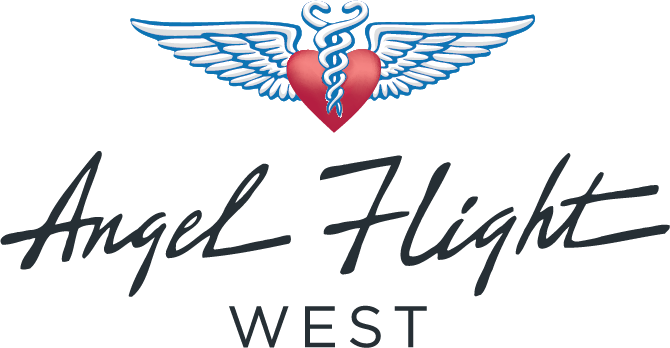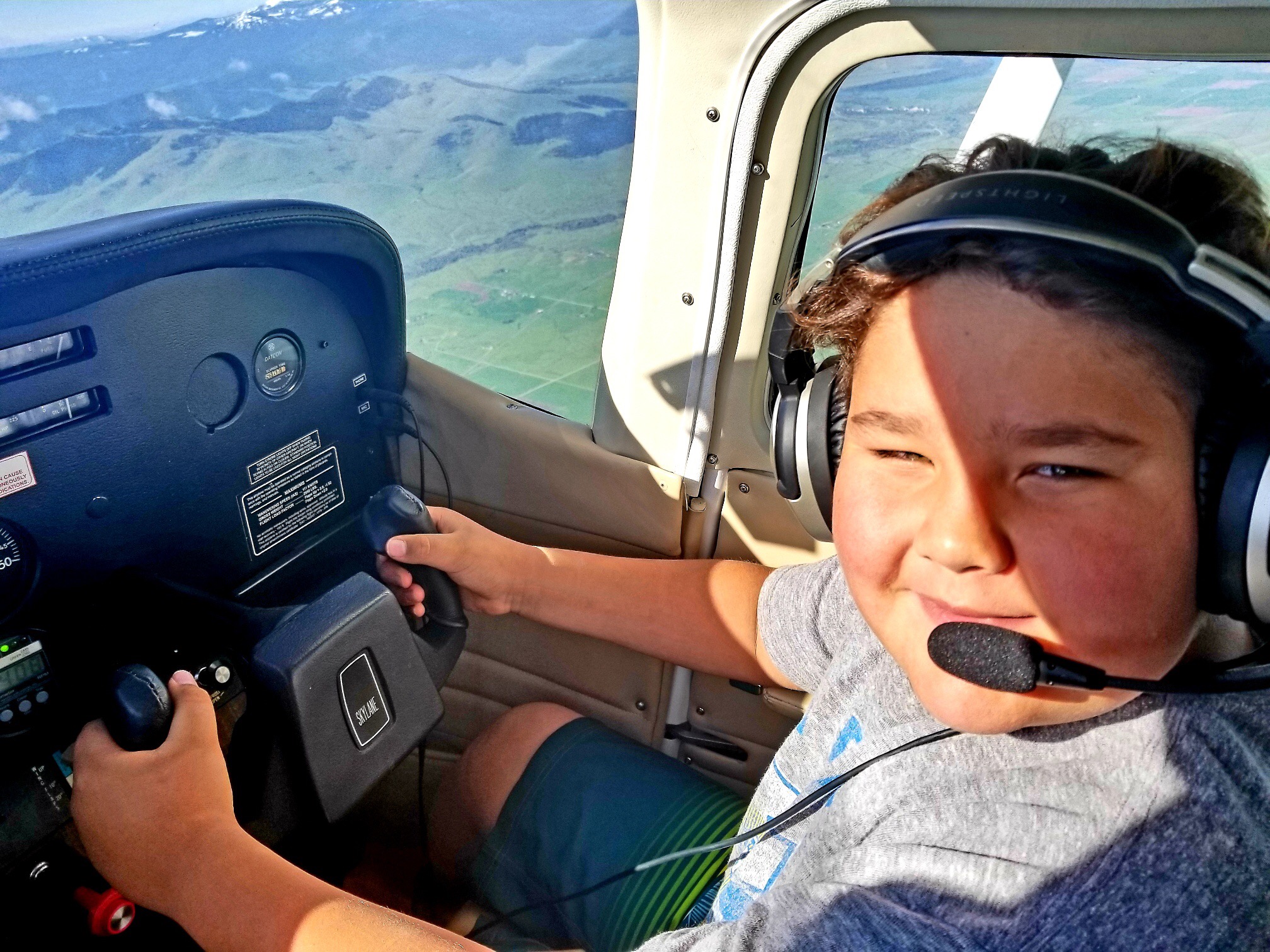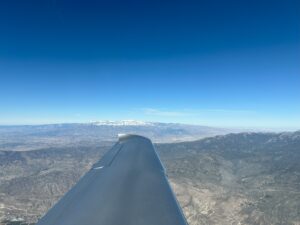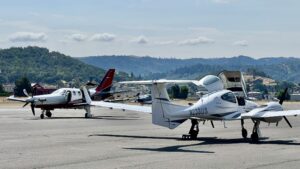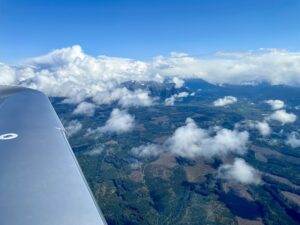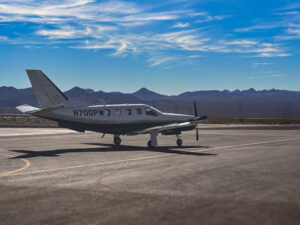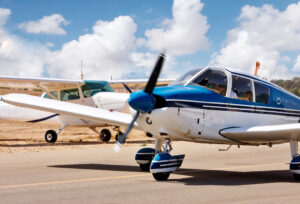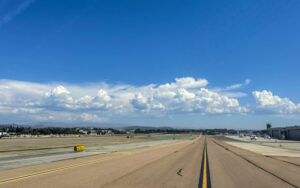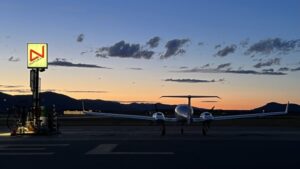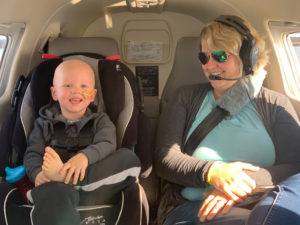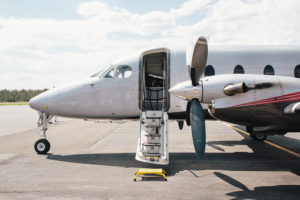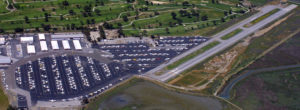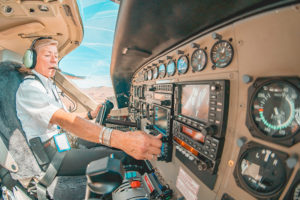The team at Angel Flight West hope you are enjoying the fall season!
Recently I did a mission from San Diego to Imperial in the Eclipse. It was a beautiful IFR departure through low level clouds out of Montgomery (MYF) then quickly over the clouds, watching the bright moon which my passengers and I enjoyed. Twenty minutes later I was landing on Runway 32 at Imperial (IPL). The airport can blend in with the surrounding lights, however I like to follow the VOR approach, which provides improved situational awareness especially at night, even under clear skies.
The ramp was populated with a few Ospreys who stop for fuel during night operations. After deplaning my passengers, I was quickly airborne, flying to the IPL VOR to stay clear of other airspace. After connecting with LA Center, I was turning right direct to BARET intersection and was climbing through about 7,500 MSL. Wham – I was illuminated by a very bright continuous green laser on my left.
What surprised me was not only the intensity of the light, but also the apparent width – it looked like a broad source rather than a pinpoint. It may have been caused by the light scattering when it hit my cockpit window. Without staring at the light to prevent visual impairment, I tried to pinpoint its location, just like spotting fires, and notified ATC. It appeared to be originating from Mexicali, 4nm south of my location at the time. A few seconds later, I was illuminated again, this time from a different location to the west of the first one. I turned off all of my external lights to reduce my visibility to them and the lasers stopped.
In talking with ATC, they can’t do anything outside of their airspace, however the PIREP helps other pilots. I suspect they were actually targeting CBP aircraft that were below me and I was caught at the same time. Of course, ATC wouldn’t comment on the presence of CBP aircraft near me.
I’ve seen ground lasers before and typically they are a single pinpoint of light. These were quite different. One of the hardest actions to do is NOT look at the lights. Green lasers are known to reduce not only short-term visual acuity during flight, but some pilots have had reduced vision for several days afterwards. While I didn’t feel any significant visual impairment, it did have the same impact of having a very bright flashlight shine in your eyes at night. I didn’t expect it to be so powerful well above the ground.
I made sure that I could view all of my instruments and ATC asked if I had any injuries. I’ve heard of law enforcement helicopters being targeted in some areas and since they operate at much lower altitudes, the potential impact can be significant.
If you are targeted by a laser, don’t risk your vision by looking directly at the light. If you can give approximate location information to ATC – great! But don’t do it at the risk of your safety, however notify ATC in any case and file an FAA report as well.
FAA Reporting Guidance: https://www.faa.gov/aircraft/safety/report/laserinfo/
